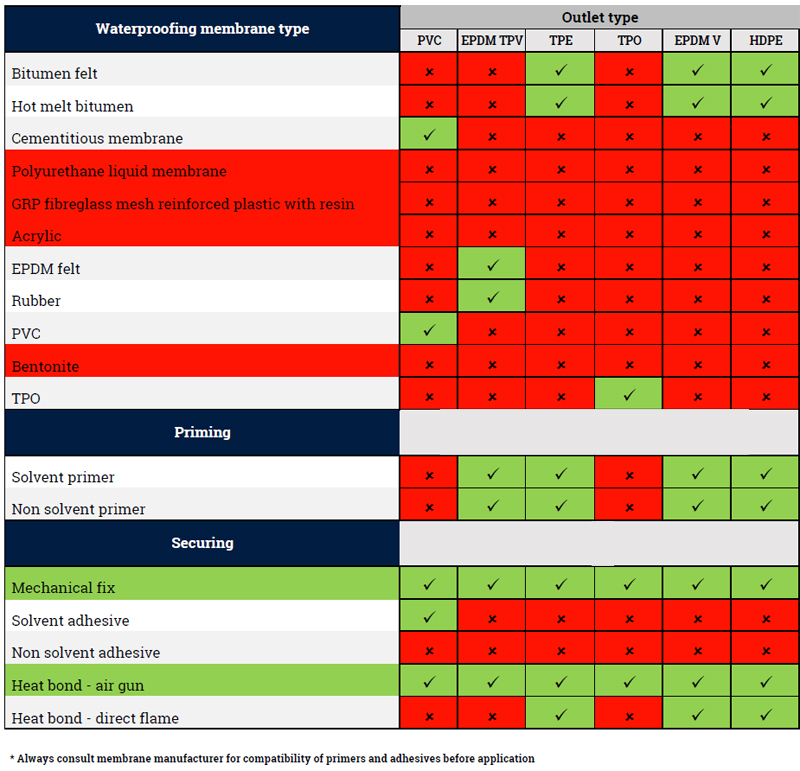An expansion joint is an assembly designed to safely absorb the heat-induced expansion and contraction of various construction materials, to absorb vibration, or to allow movement due to ground settlement or earthquakes. They are commonly found between sections of pavements, bridges, railway tracks, piping systems, and other structures.
Throughout the year, building faces, concrete slabs, and pipelines will expand and contract due to the warming and cooling through seasonal variation, or due to other heat sources. Expansion joints used to alleviate these problems.
Expansion joints are cut into the concrete or asphalt to help with expansion and contraction of the material through the change in temperature, or due to movement of the road or bridge. The joints are cut into the structure at regular intervals to prevent it cracking or splitting. Before expansion joint gaps were built into these structures, they would crack under the stress induced.
Generally expansion joints can be split into 3 different categories – floor expansion joints, watertight expansion joints & walls, ceilings & facade expansion joints.
The expansion joint can be as simple as a caulked separation between two sections of the same materials. More recently, expansion joints have been included in the design of, or added to existing, brick exterior veneer walls for similar purposes. In concrete and concrete block (“CMU”) construction, the term applied is control joint, but serves a similar purpose.
At Wallbarn we can accomodate all of your requirements & most expansion joint requirements can be met from either our standard profiles or from a combination of one or more standard profiles.
We will be pleased to provide answers & assistance with technical queries & will provide on-site support, site surveys and installation advice.
Currently browsing: Expansion Joint

